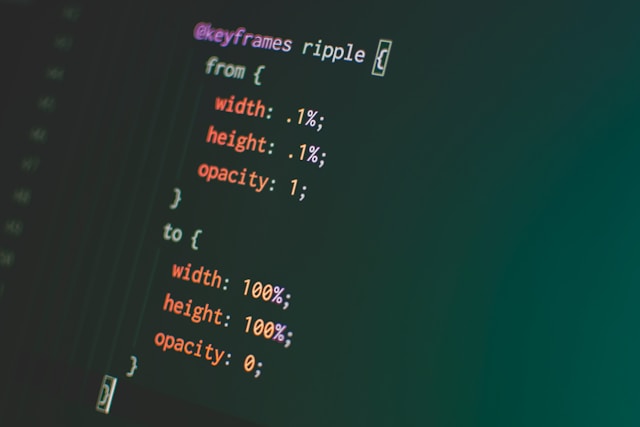To work with Angular you need to install Node.js server and npm package manager, if they are not available on the working machine. This does not require any special knowledge of NodeJS and npm. You can use the node.js installer to install it. Along with the server it will also install npm.
Keep in mind that Angular 14 supports those versions of node.js, which at the moment are in the status of “Active LTS” or “Maintenance LTS”. At the time of writing this article, these are versions 14 and 16. Therefore, if node.js was previously installed but has an older or, on the contrary, a newer but not yet supported version, it is better to update it.
The same goes for npm. If the version is too old or, conversely, one of the latest, Angular might not support it. When working with Angular, it is better to rely on the version of npm that is installed with the LTS version of Node.js.
After installing the necessary tools, let’s create a rudimentary application. To do this, let’s define an application folder on the hard drive.









